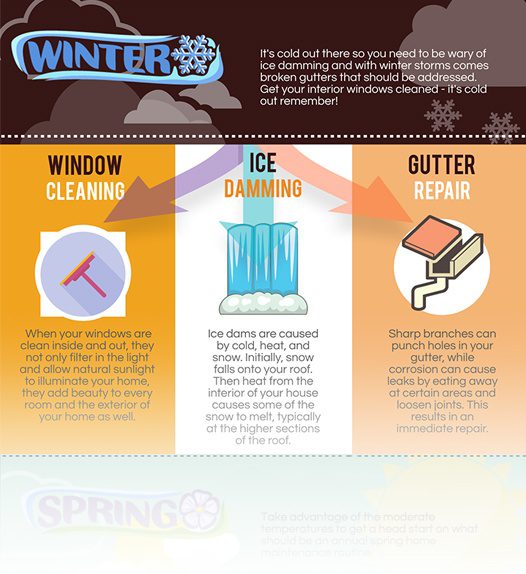Roofing System Repair: A Comprehensive Overview For Homeowners
Roofing System Repair: A Comprehensive Overview For Homeowners
Blog Article
Published By-Dalton Woodard
When it comes to preserving your home, taking on roof covering fixings can be a difficult job, yet comprehending the basics can make the process much more manageable. By following step-by-step instructions tailored for homeowners, you can address usual concerns like leakages or harmed roof shingles successfully. From recognizing the trouble to executing the repair service, each phase plays a crucial duty in protecting your home from possible damage. So, are you ready to organize your roof's maintenance and make certain a safe sanctuary for your family?
Identifying Roofing Issues
To recognize roof covering problems, begin by aesthetically examining your roofing for any type of indications of damage such as missing out on tiles, fractures, or leaks. Walk around your residence and look for any type of areas where the shingles seem worn, curled, or completely missing. Pay close attention to the locations where two surface areas fulfill, as these are common areas for leaks to create.
Check for any kind of indicators of water discolorations on your ceiling or wall surfaces inside your home, as this could show a roof covering leak. Additionally, search for any kind of indications of moss or algae growth on your roofing, as this can be an indicator of trapped wetness. If you observe any one of these problems, it is very important to address them immediately to stop more damage to your roof and home.
Frequently examining your roof covering can help you capture issues early and save you from costly repair work down the line.
Devices and Materials Needed
Once you have actually determined any issues with your roofing system, the following step is to collect the required devices and materials for the fixing.
The tools you'll require include:
- a durable ladder
- safety harness
- roof hammer
- utility knife
- crowbar
- roof covering nails
- roof covering cement
- caulking weapon
- a trowel
Ensure you have protective equipment such as handwear covers, safety and security goggles, and a dirt mask to guarantee your security throughout the repair service process.
In supplemental resources to materials, you'll call for substitute shingles or roof covering product that matches your existing roof, flashing to seal any type of spaces, and roof underlayment to offer an extra layer of protection.
It's vital to determine the area that requires repair properly to guarantee you have sufficient materials to finish the work successfully.
Having these tools and products prepared before starting the repair service will aid streamline the procedure and make it much easier for you to address the issues with your roof covering without delay.
Carrying Out Roof Covering Repair Works
When starting roof covering repairs, it's critical to start by carefully assessing the degree of the damage. Begin by checking the roofing system for missing out on, split, or harmed shingles. Look for indications of water damages, such as water stains on the ceiling or walls, which can indicate a leakage. As soon as you have actually determined the locations that require repair, collect the necessary tools and products, including replacement shingles, roof nails, a hammer, an utility blade, and roofing cement.
Prior to beginning the repairs, ensure your safety by using a tough ladder and using appropriate protective equipment, such as gloves and non-slip footwear. Get rid of any kind of debris or loose shingles from the damaged area and clean the surface extensively.
Then, thoroughly follow sky roofing for mounting the brand-new roof shingles, making certain to protect them correctly with nails and sealer. Lastly, check the repaired area to ensure it's leak-proof and correctly secured to prevent future damages.
Conclusion
Since you have actually finished the needed roofing repair services, take a go back and admire your handiwork. By following these step-by-step guidelines, you have actually ensured the safety and integrity of your home for years ahead. Bear in mind to on a regular basis examine your roof for any signs of damages and address them promptly to avoid additional issues. Excellent job on a job well done!
